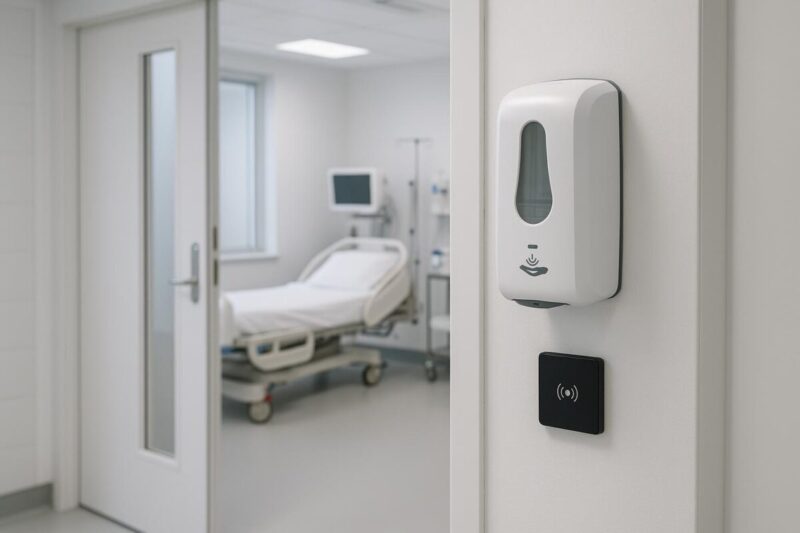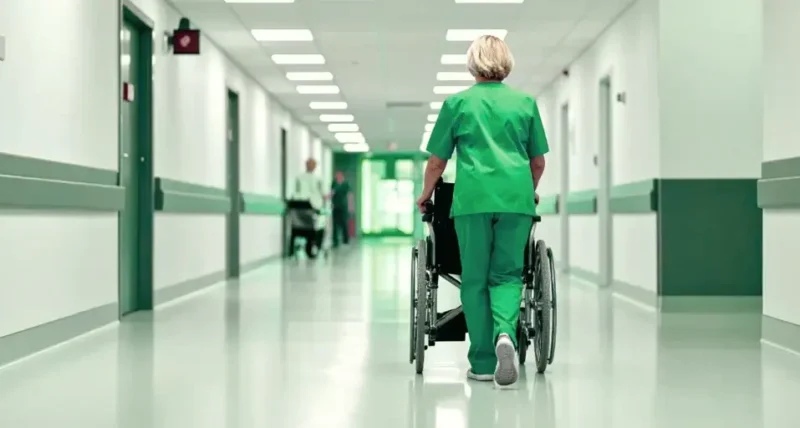BLE

What does inefficiency look like in your healthcare organization? What are some of the frustrations it can cause?
In many cases, inefficiency happens when reactive events occur that could have been avoided if a proactive approach was taken.
If your staff members frequently find themselves running out of certain assets or pieces of equipment they need, having a PAR level system creates a newfound advantage. Real-Time Locating System (RTLS) technology uses tags to help ensure the location and status of these assets is being tracked and can be located when needed.
Running out of equipment that is needed to get the job done causes extensive searching at a time when there’s an important job to do. Not only does this squander time for the employee, but in a senior living, acute care setting or clinic setting, the patient/resident is left to experience a diminished level of service from your healthcare facility.
PAR levels also aide in ensuring you have enough assets that are usable. For example, an item like an infusion pump, syringe pump, or PCA pump needs to be cleaned on a regular basis. If too many pieces of equipment such as these are in a dirty supply closet, a notification can be sent letting the appropriate team know the equipment needs to be cleaned. Clean equipment can then be redistributed back to those locations where PAR level is being monitored.
When used for the intended purpose, PAR levels help keep your department stocked with enough usable pieces of equipment to ensure there’s always at least one of something available at all times. With a system such as ZulaFly’s Fuzion, PAR levels are customizable to accommodate pieces of equipment, groups of equipment and locations. Alerts can then be sent when levels of usable equipment are low in a certain departments, ensuring enough equipment is on hand when it is needed.
The advantage of an RTLS-based par level and asset utilization system can work in your favor from the opposite angle, as well. Over-purchasing can be avoided when data provides a real-time view of the quantity you have available of usable pieces of equipment, as well as how much they are being used.
Which departments have more than they need? Can assets simply be moved from one place to the other to create an appropriate balance? When using the power of RTLS to establish PAR levels and utilization rates, a useful sense of equilibrium is established that keeps productivity high and time-wasting frustration at an all-time low.
Keeping your equipment levels within acceptable minimum and maximum-level ranges ensures each workday is executed smoothly in your healthcare organization. Utilizing RTLS to establish a PAR level system empowers your staff members, residents, and or patients to experience the benefits of a proactive system that eliminates the stress of reactive scenarios.



